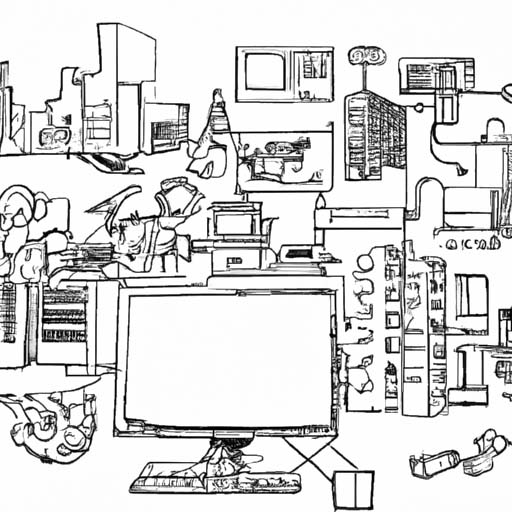Automation and artificial intelligence (AI) have become increasingly prevalent in various industries, including the oil and gas sector. The integration of rig automation and AI in drilling operations has the potential to improve drilling consistency, efficiency, and overall performance. However, the successful implementation of AI-managed drilling automation requires the combination of the right technologies, mindset, and timing.
There are two foundational technologies needed to enable closed-loop automation in drilling operations: real-time rig data and the cloud. For example, Nabors introduced SmartROS, a universal drilling rig controls and automation system. This system allows drilling contractors to deploy advanced machine and process automation, improving drilling consistency and efficiency. Additionally, Corva provides predictive analytics that analyze drilling parameters to identify optimal set points.
By combining these technologies, closed-loop automation powered by AI can be achieved. AI models, such as Corva’s Drilling AI, make real-time recommendations to drillers based on defined objectives and drilling conditions. These recommendations are then fed back into the rig control system, allowing the rig to adjust and optimize its drilling performance. This closed-loop automation has been successfully tested in the Permian’s Delaware Basin and the Three Forks Formation in the Williston Basin, leading to higher rates of penetration, reduced rig time, and cost savings.
The integration of AI-managed drilling automation brings several benefits to the oil and gas industry. It improves safety, reduces rig rental time, extends bit life, and increases wellbore precision and drilling consistency. These advancements are particularly crucial as the industry faces the challenge of increasing energy output while maintaining capital discipline and returning value to shareholders. AI-powered drilling automation has the potential to meet these goals while also enhancing job satisfaction for drilling teams.
As AI and automation continue to evolve, the scope of AI-managed drilling automation is expected to expand beyond rotary drilling to include directional drilling and extended reach and deepwater wells. The long-term benefits of AI-powered drilling automation include increased efficiency, cost reduction, and improved well productivity. This technology is positioning the oil and gas industry for digital transformation and facilitating the achievement of key operational and economic goals.
